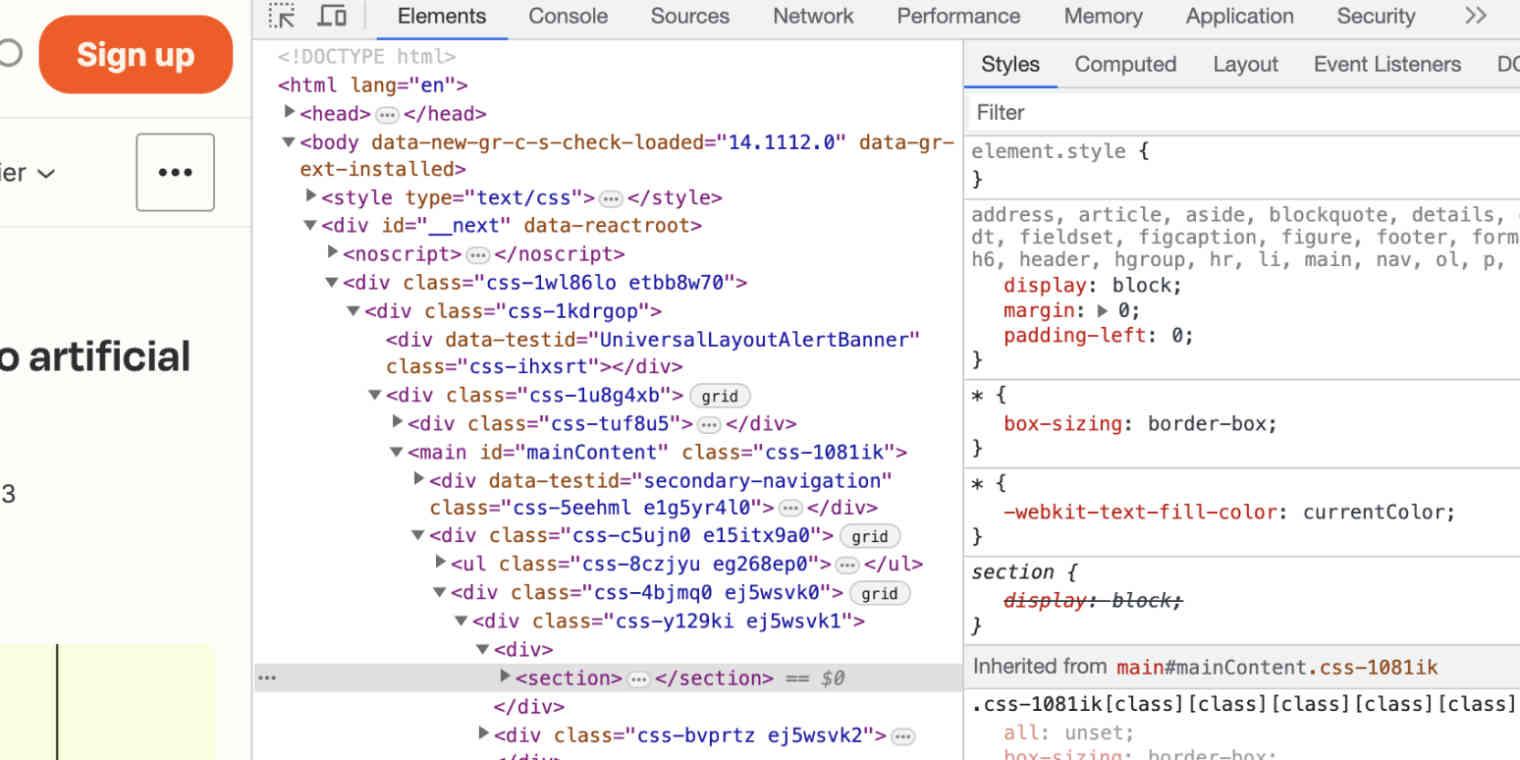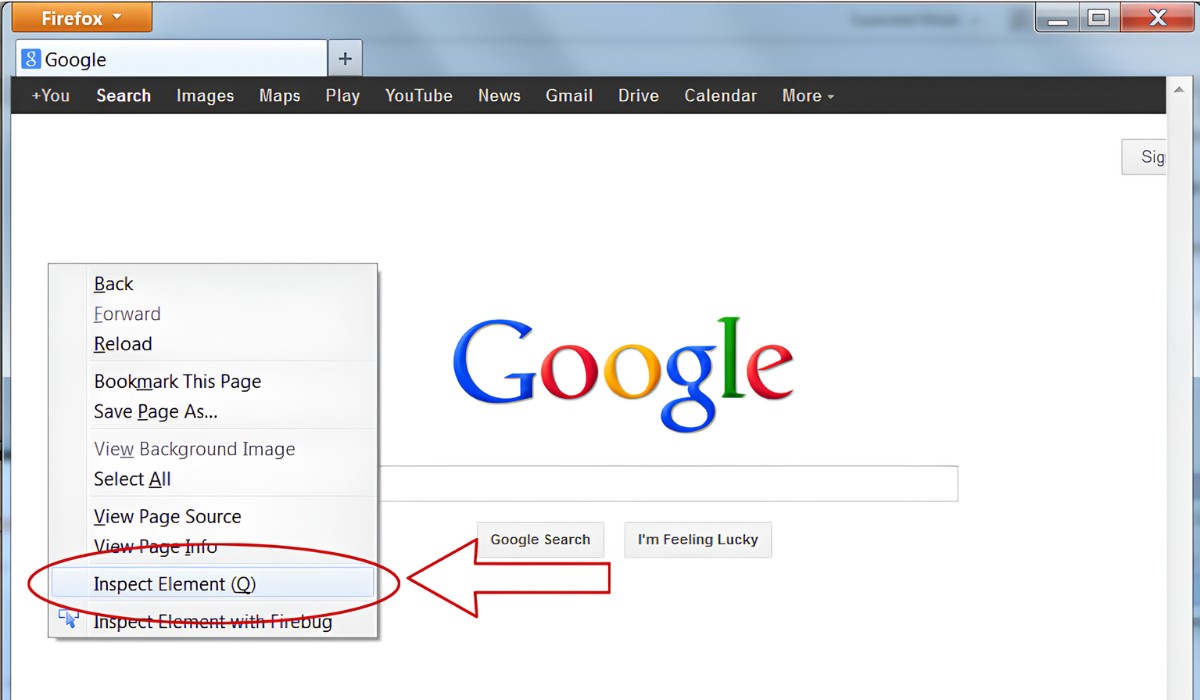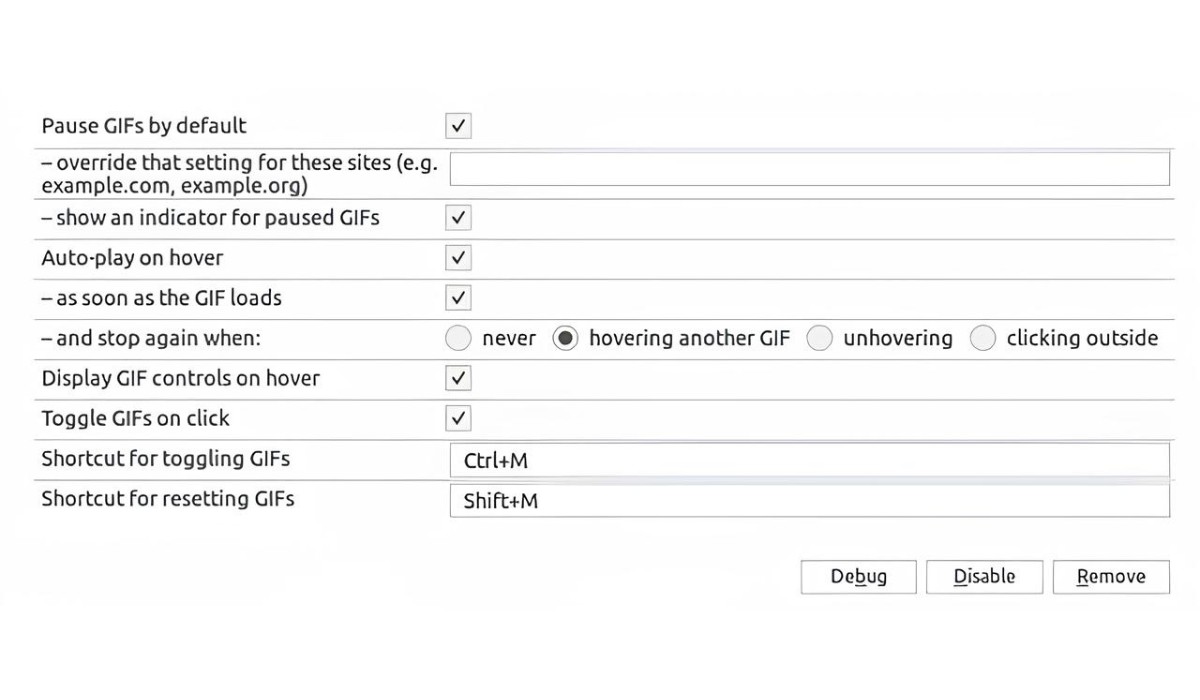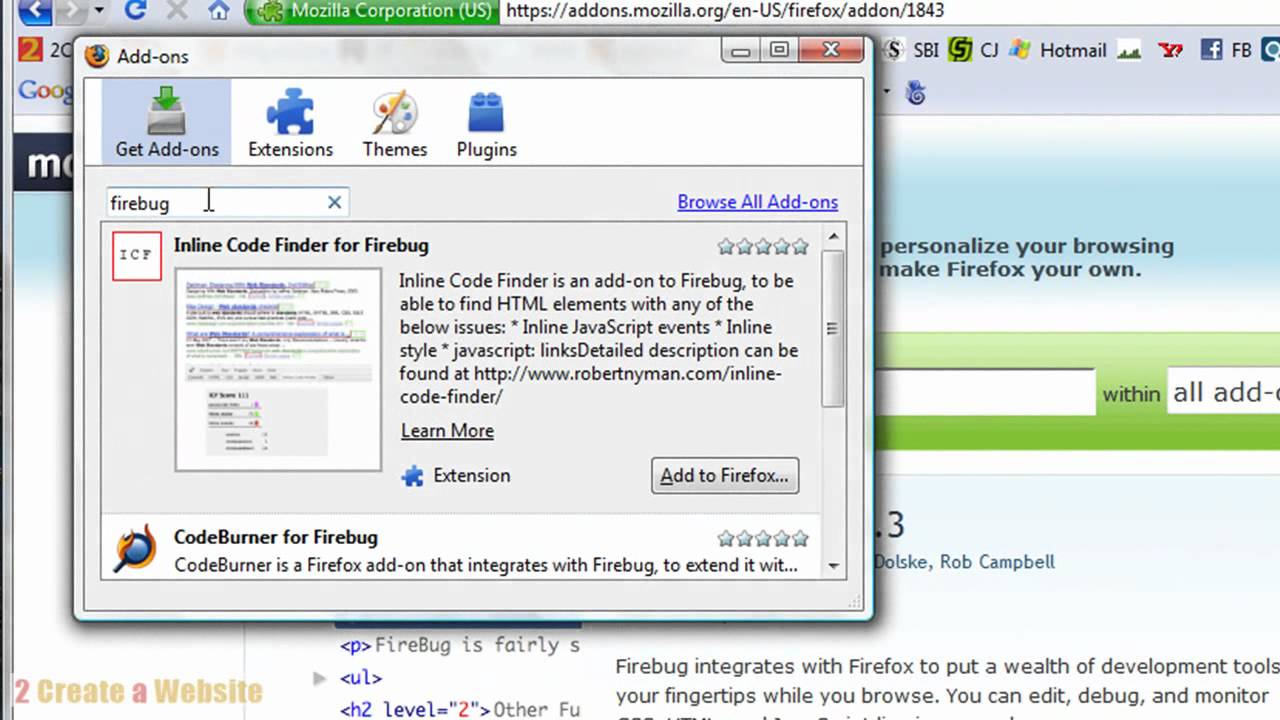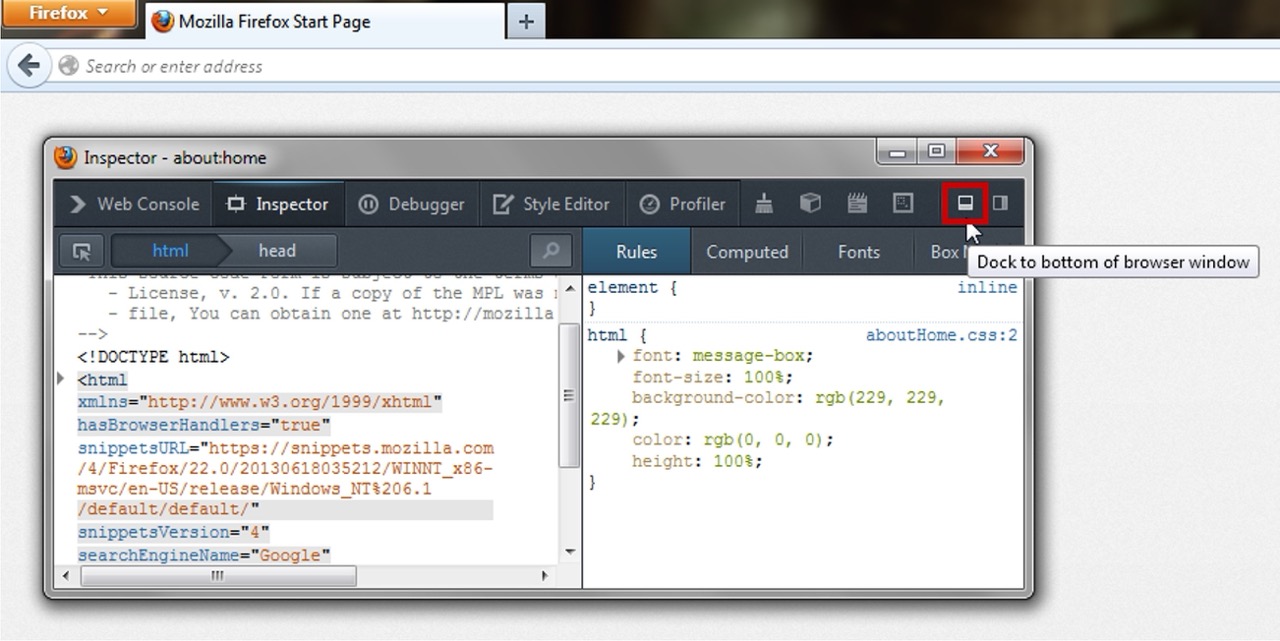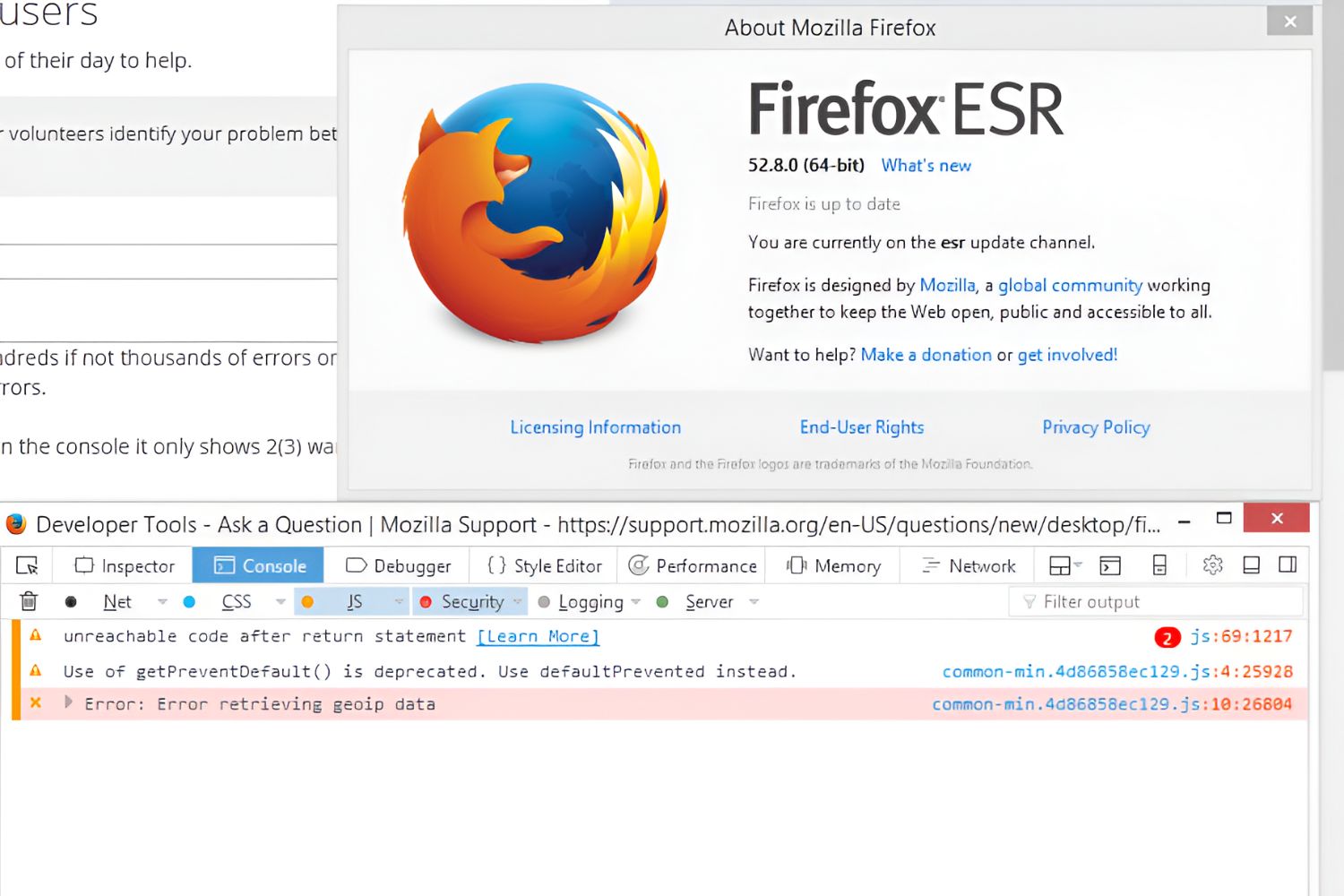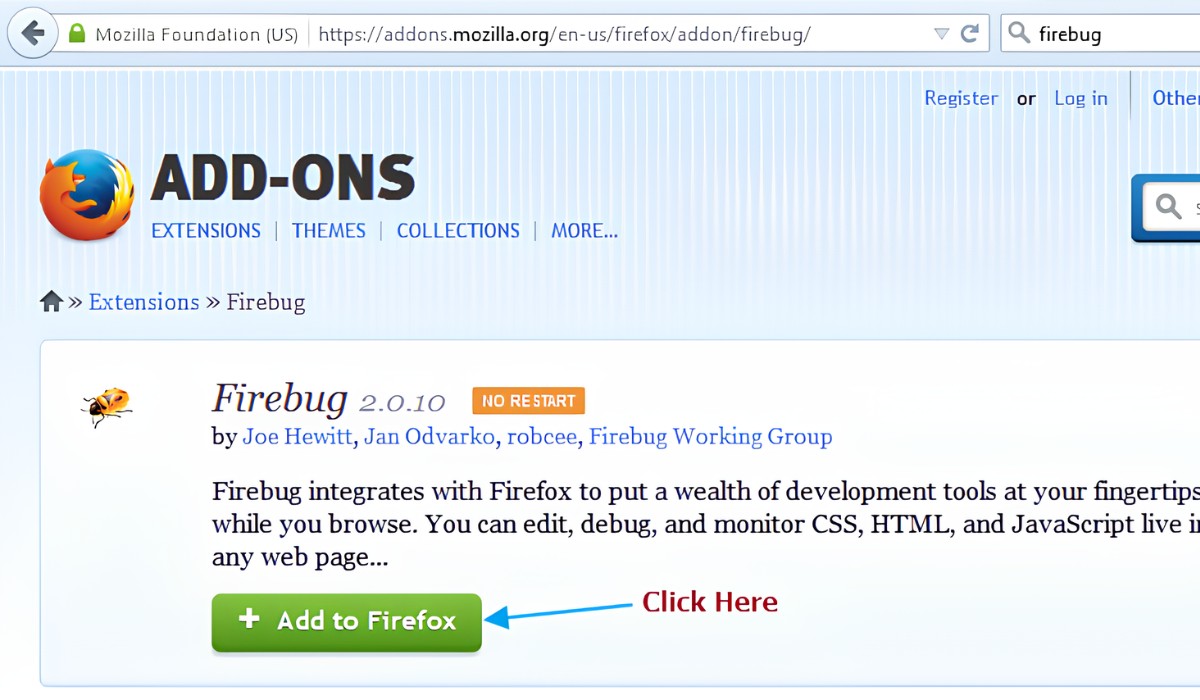Introduction
Inspect Element is a powerful tool that allows you to peek behind the scenes of a web page, giving you the ability to see the underlying HTML, CSS, and JavaScript code. This feature is incredibly useful for web developers, designers, and anyone curious about how websites are constructed.
In Firefox, the Inspect Element tool provides a user-friendly interface for examining and modifying the structure and design of web pages. Whether you're troubleshooting layout issues, experimenting with design changes, or simply exploring the inner workings of a website, the Inspect Element feature in Firefox is an indispensable resource.
By understanding how to use Inspect Element effectively, you can gain valuable insights into the building blocks of web pages, identify and fix layout problems, experiment with design modifications, and learn from the code of well-designed websites. This tool empowers you to delve into the intricacies of web development and design, making it an essential asset for anyone working with websites.
In this article, we will explore the ins and outs of using the Inspect Element feature in Firefox. From opening the Inspector to making modifications and saving changes, we will guide you through the process of harnessing the full potential of this tool. Whether you're a seasoned web developer or a curious enthusiast, mastering the art of inspecting elements in Firefox will undoubtedly expand your understanding of web design and development. So, let's embark on this journey of discovery and unravel the mysteries hidden within the web pages we encounter every day.
Opening the Inspector
To begin our exploration of the Inspect Element feature in Firefox, let's first understand how to open the Inspector. This process is straightforward and can be initiated in a few simple steps.
Using the Context Menu
One of the quickest ways to access the Inspector is by right-clicking on an element within a web page. Upon right-clicking, a context menu will appear, presenting a range of options. Among these options, you will find "Inspect Element." Clicking on this entry will open the Inspector, revealing the underlying code and structure of the selected element.
Keyboard Shortcut
For those who prefer keyboard shortcuts, Firefox offers a convenient way to open the Inspector. By pressing Ctrl + Shift + C (or Cmd + Opt + C on macOS), you can swiftly launch the Inspector, ready to delve into the inner workings of the web page.
Menu Bar
Alternatively, you can access the Inspector through the Firefox menu. Simply navigate to the top-right corner of the browser window, click on the three horizontal lines to open the menu, and select "Web Developer" from the dropdown. Within the "Web Developer" submenu, you will find the "Inspector" option, which, when clicked, will open the Inspector panel.
Docked or Undocked Mode
Upon opening the Inspector, you have the flexibility to choose between the docked and undocked modes. The docked mode displays the Inspector panel at the bottom or side of the browser window, allowing you to simultaneously view the web page and the code. On the other hand, the undocked mode opens the Inspector in a separate window, providing a larger workspace for inspecting and modifying elements.
By familiarizing yourself with these methods of opening the Inspector, you can seamlessly transition into the next phase of our journey: using the Inspector to examine and manipulate elements within web pages. With the Inspector at your fingertips, you are poised to unravel the intricacies of web design and development, gaining valuable insights and honing your skills in the process.
Using the Inspector
Once the Inspector is open, you are greeted with a comprehensive view of the web page's structure, styles, and layout. The Inspector interface is divided into several panels, each serving a specific purpose in dissecting and understanding the elements of the web page.
Elements Panel
The Elements panel, often the default view upon opening the Inspector, presents a hierarchical representation of the HTML structure of the web page. This panel allows you to navigate through the document tree, inspect individual elements, and understand their relationships within the page. By expanding and collapsing nodes, you can traverse the HTML structure and gain a deeper understanding of how the web page is organized.
Styles Panel
The Styles panel provides valuable insights into the CSS styles applied to the selected element. Here, you can view and modify the styles, including properties such as color, font size, margins, and more. The live editing feature enables you to experiment with style changes in real time, empowering you to fine-tune the visual presentation of the web page.
Console Panel
The Console panel serves as a command-line interface for interacting with the web page's JavaScript and logging system messages. It allows you to execute JavaScript code, log custom messages, and diagnose potential errors or warnings. This panel is particularly useful for debugging and experimenting with dynamic behavior on the web page.
Network Panel
The Network panel provides detailed information about the network requests made by the web page, including resources such as images, scripts, stylesheets, and API calls. By analyzing the network activity, you can gain insights into the loading performance of the web page and identify opportunities for optimization.
Application Panel
The Application panel offers a comprehensive view of various aspects related to web application development, including storage, service workers, cache, and more. This panel is particularly valuable for inspecting and managing web page resources, such as local storage, session storage, and cookies.
Using the Inspector Effectively
As you navigate through the various panels of the Inspector, you can interact with the elements of the web page, modify styles, analyze network activity, and experiment with JavaScript code. The Inspector empowers you to gain a holistic understanding of the web page's structure and behavior, making it an indispensable tool for web development and design.
By leveraging the capabilities of the Inspector, you can troubleshoot layout issues, experiment with design changes, optimize performance, and gain valuable insights into the inner workings of web pages. The ability to inspect and manipulate elements in real time provides a dynamic and immersive experience, fostering continuous learning and skill development in the realm of web development.
With a firm grasp of using the Inspector, you are well-equipped to delve deeper into the world of web design and development, armed with a powerful tool that unlocks the mysteries hidden within the code and structure of web pages.
Modifying Elements
Once you have familiarized yourself with the structure and styles of the web page using the Inspector, you can harness the power of Inspect Element to modify elements in real time. This capability allows you to experiment with design changes, troubleshoot layout issues, and gain a deeper understanding of the impact of style modifications on the web page.
Live Editing
The Inspector in Firefox offers a seamless live editing experience, enabling you to modify CSS styles and instantly see the effects reflected on the web page. By selecting an element and navigating to the Styles panel, you can directly edit properties such as color, font size, margins, padding, and more. As you make modifications, the web page dynamically updates to display the changes, providing immediate visual feedback.
Adding and Removing Attributes
In addition to modifying styles, the Inspector allows you to add or remove attributes from HTML elements. Whether it's adding a custom class, changing the value of an attribute, or removing unnecessary attributes, the Inspector provides a convenient interface for manipulating the structure of the web page. This capability empowers you to experiment with different configurations and assess their impact on the overall design and functionality of the web page.
Box Model Adjustments
The box model, a fundamental concept in CSS layout, defines the spacing and dimensions of elements on the web page. With the Inspector, you can interactively adjust the padding, margins, borders, and content dimensions of elements, gaining a hands-on understanding of how the box model influences the layout. By fine-tuning these properties, you can refine the spacing and positioning of elements, achieving the desired visual presentation and layout structure.
Text and Content Modifications
Inspect Element allows you to directly modify the text content within HTML elements, providing a dynamic way to experiment with different textual representations on the web page. Whether it's updating headings, changing paragraph content, or tweaking button labels, the ability to edit text content in real time offers a valuable opportunity to assess the visual and contextual impact of textual modifications.
Image and Media Manipulation
Beyond text and styles, the Inspector enables you to interact with images and media elements on the web page. You can experiment with image sources, dimensions, and other attributes, gaining insights into the visual composition and presentation of media content. This capability empowers you to explore alternative visual assets and assess their impact on the overall design and user experience.
By leveraging the power of Inspect Element to modify elements, you can gain practical insights into web design and development, refine your skills, and experiment with creative design changes. The ability to make real-time modifications and observe their immediate effects provides a dynamic and immersive learning experience, fostering continuous growth and proficiency in the realm of web development and design.
Saving Changes
After making insightful modifications using the Inspector in Firefox, you may find yourself wanting to preserve the changes for future reference or share them with colleagues. Fortunately, Firefox provides a convenient way to save the modified CSS and HTML directly from the Inspector.
Saving CSS Changes
When you make alterations to the CSS styles of elements using the Inspector, Firefox allows you to save these changes as a new CSS file or append them to an existing stylesheet. This functionality is particularly useful for documenting design experiments, creating custom styles for specific elements, or collaborating with team members on design refinements.
To save CSS changes, simply right-click on the edited CSS rule within the Styles panel and select the "Copy Rule" option. You can then paste the copied rule into a text editor or code editor of your choice, where you can further refine the changes and save them as a standalone CSS file. Alternatively, you can copy the entire modified stylesheet from the Inspector and paste it into your project's CSS file, seamlessly integrating the changes into the codebase.
Exporting HTML Changes
In addition to saving CSS modifications, Firefox allows you to export the modified HTML structure from the Inspector. This feature is invaluable for documenting structural adjustments, experimenting with layout changes, or sharing annotated HTML representations with collaborators.
To export the modified HTML, right-click on the selected HTML element within the Elements panel and choose the "Copy" or "Copy Outer HTML" option. This action copies the modified HTML code to the clipboard, enabling you to paste it into a text editor or directly into your project's HTML file. By exporting the modified HTML, you can maintain a record of structural adjustments and seamlessly integrate the changes into the web page's codebase.
By leveraging the capability to save CSS and HTML changes from the Inspector, you can effectively document design iterations, collaborate on refinements, and maintain a comprehensive record of modifications made during the inspection process. This functionality empowers you to seamlessly integrate design experiments and structural adjustments into your web development workflow, fostering a collaborative and iterative approach to web design and development.
With the ability to save changes directly from the Inspector, you can capture the essence of your design explorations and structural refinements, ensuring that your insights and modifications are seamlessly integrated into the ongoing evolution of web projects.







